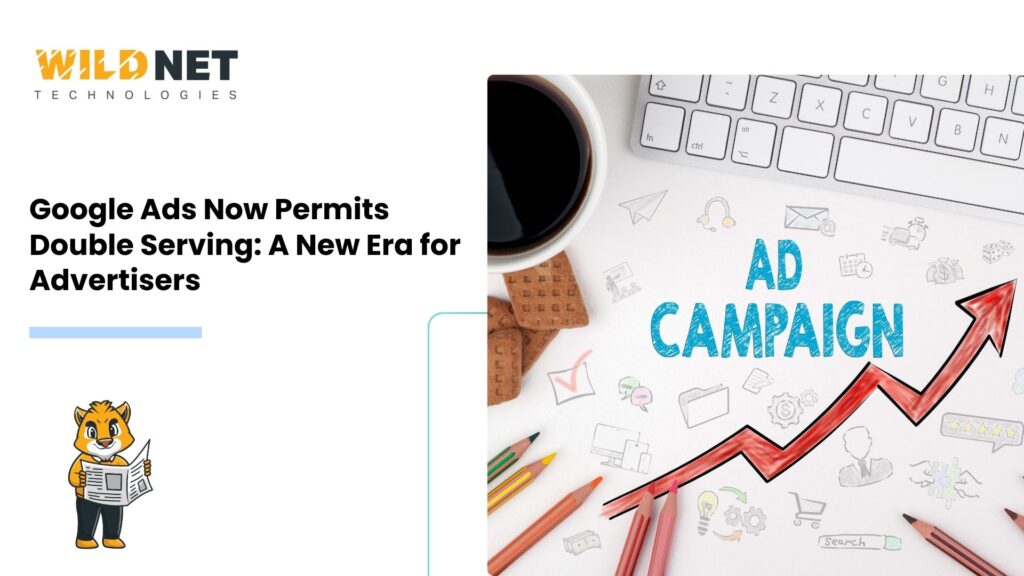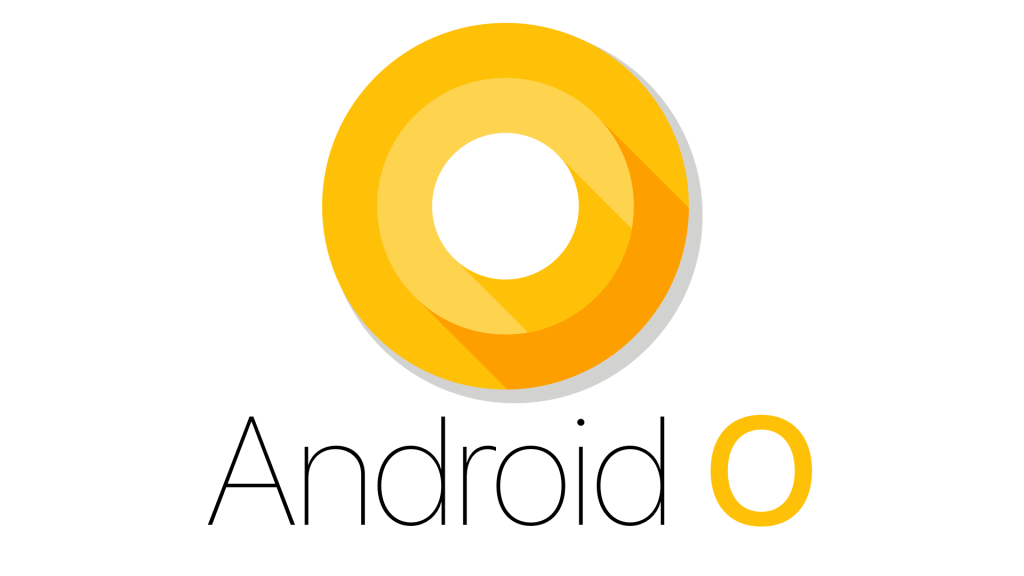Google Ads has been a cornerstone of digital marketing for years, enforcing rules to ensure fairness and clarity in search advertising. But a surprising update is set to shake things up: starting April 1, 2025, Google will allow double serving, a practice once strictly prohibited. This shift, flagged by Wildnet Technologies through a recent Google Ads email, means businesses and their affiliates can run multiple ads for the same keyword across different accounts. It’s bold, sparking market debate and opening new doors for creative campaigns. In this blog, we’ll dive into what double serving entails, why Google’s Google Ads Now Permits Double Serving this change, its potential impact, and how you can leverage it for your business.
Understanding Double Serving in Google Ads
So, what exactly is double serving? It’s when two or more ads linked to the same company—or its partners—appear in the search results for a single keyword query. For example, imagine a furniture store bidding on “modern sofa” while its marketing agency runs a separate ad for the same term, both popping up on the same SERP (search engine results page). In the past, Google outlawed this to prevent any single entity from hogging ad space and skewing competition.
The old policy aimed to keep the playing field level and avoid overwhelming users with repetitive ads. Now, Google Ads Now Permits Double Serving as long as the ads point to distinct domains with unique, valuable content. This tweak could redefine how businesses approach paid search.
Why Is Google Allowing Double Serving Now?
The decision to greenlight double serving didn’t come out of thin air—it reflects Google’s evolving priorities in a competitive ad landscape. One likely driver is the push to give advertisers more flexibility, especially as platforms like Amazon Ads and social media vie for marketing dollars. By relaxing this rule, Google enables brands, affiliates, and resellers to amplify their presence collaboratively—think a car manufacturer and its dealerships doubling up on “electric SUV” ads. It’s also a potential revenue boost for Google, as more accounts bidding on the same terms could drive up costs-per-click (CPCs). However, the requirement for unique domains suggests that Google is still guarding against spammy tactics, balancing innovation with user experience.
The Potential Impact on Advertisers and Users
This policy shift carries enormous implications for both sides of the search equation. Double serving allows advertisers to dominate high-value keywords without relying solely on one account’s budget or strategy. A retailer could collaborate with a partner to target “best laptops 2025” from multiple angles—one ad highlighting price and another touting feature—potentially doubling their visibility.
How Businesses Can Adapt to This Change
With April 1, 2025, on the horizon, savvy advertisers should start planning now. Coordinate with affiliates or sister brands to align campaigns. Ensure each ad offers distinct value, like different products or angles, to meet Google’s unique content rule. For instance, a travel agency and its hotel partner could split “beach vacation deals” between packages and lodging ads.
Monitor your accounts closely to avoid unintentional overlap that jacks up your CPCs—Wildnet once saved a client 20% on ad spend by streamlining competing bids. Test small-scale campaigns first to gauge performance, and use analytics to track clicks, conversions, and SERP share. This isn’t a free-for-all—Google’s likely to crack down on abuse, so stay strategic and compliant.
Conclusion: A New Opportunity Awaits
Google’s decision to allow double serving marks a turning point for paid search, blending opportunity with complexity. It’s a chance to amplify your reach, but it requires precision to avoid pitfalls like higher costs or user backlash.
At Wildnet Technologies, as we provide PPC Services, we’re excited to help clients navigate this shift, crafting campaigns that leverage this newfound flexibility for maximum ROI. As the rollout nears, keep an eye on X and industry forums for real-time reactions—April could redefine your ad game. Ready to explore double serving for your business? Let’s talk strategy and turn this update into your advantage.
FAQs
Q. What is a double serving in Google Ads?
Ans. Double serving is when related entities run multiple ads for the same keyword, like “best laptops,” from different accounts. Per Google’s updated policy, it’s now allowed as of April 2025.
Q. Why is Google allowing double serving now?
Ans. Google’s shift starting April 1, 2025, likely aims to boost flexibility and revenue by letting brands and affiliates target keywords together. It balances competition with innovation.
Q. How will double serving affect advertisers?
Ans. It offers a chance to dominate keywords but could raise costs and clutter SERPs. Wildnet clients are testing it for a 20% visibility boost without overspending.
Q. Can small businesses use double serving effectively?
Ans. Yes, small firms can amplify their reach by partnering with affiliates—like a shop and supplier splitting “coffee makers.” Coordination is key to avoid cost spikes.
Q. What should I do to prepare for a double serving?
Ans. Align with partners, ensure unique ad content, and test campaigns early. Wildnet recommends analytics to track performance as the April 2025 rollout nears.






